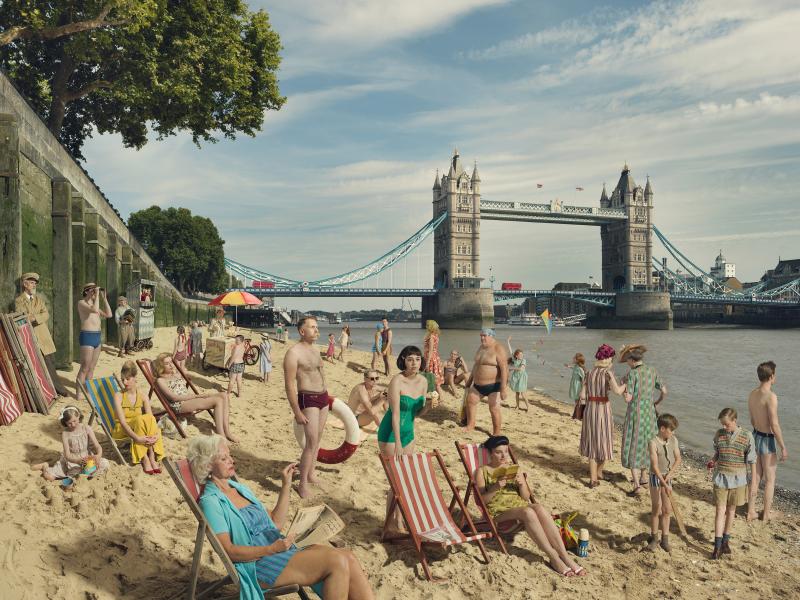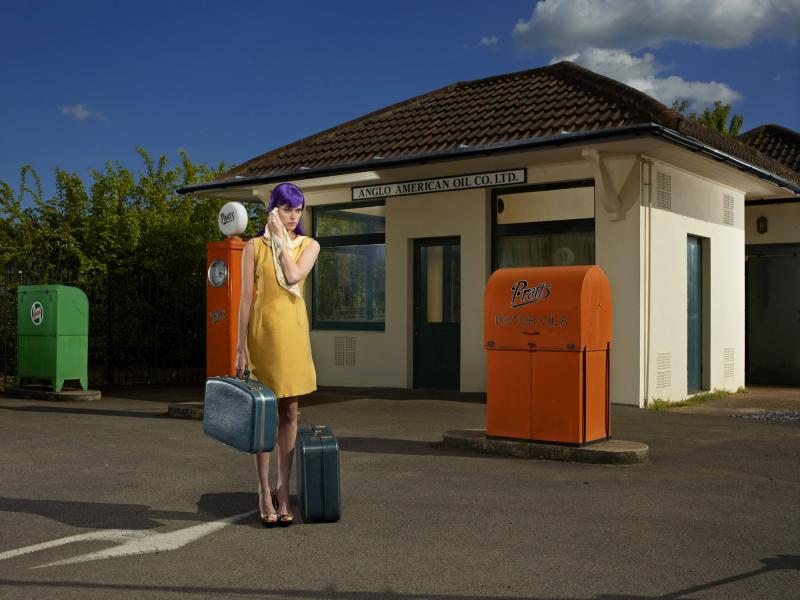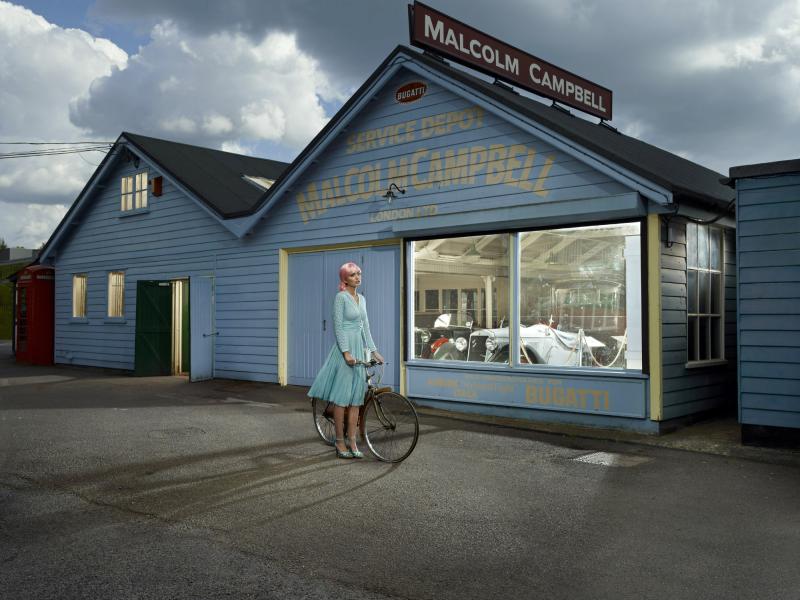Julia Fullerton-Batten

There is something undeniably cinematic about Julia Fullerton-Batten’s photographs. They tell mini-stories, usually around a specific theme. They are thought-provoking, but also wonderfully staged tableaus that come to life through sophisticated lighting. Moreover, the artist often engages in in-depth conversations with her female characters in order to create even richer portraits as well as to tell even more striking stories about isolation and trauma. Fullerton-Batten’s work is now part of the permanent collection of the National Portrait Gallery (London) and Photo Élysée (Lausanne), she exhibited at the Centre Pompidou (Paris) and Aperture (New York), and was featured in Vogue and The New Yorker.
works
The unusual locations, extraordinary settings and eye-catching models all contribute to the visual tension in Julia Fullerton-Batten’s work. Her photographs are imbued with a seductive mystique that compels the viewer to look at them again. And again. And again. And each time, something new emerges. Also worth noting: the photographer often works with models she has plucked off the street. By doing so, she hopes to put a kind of stiffness, maybe even awkwardness, into her technically perfect photos that you don’t easily get with professional models or actors. That duality also contributes to the complexity of the ‘scenes’ in her work, which invariably involve a small army of stylists and set designers – as befits a Hollywood shoot (of sorts). Make no mistake, however, because behind her glossy mise-en-scène lie pointed, social observations. And no matter the number of layers of make-up she throws on, they cannot erase her characters’ emotions and desires.




